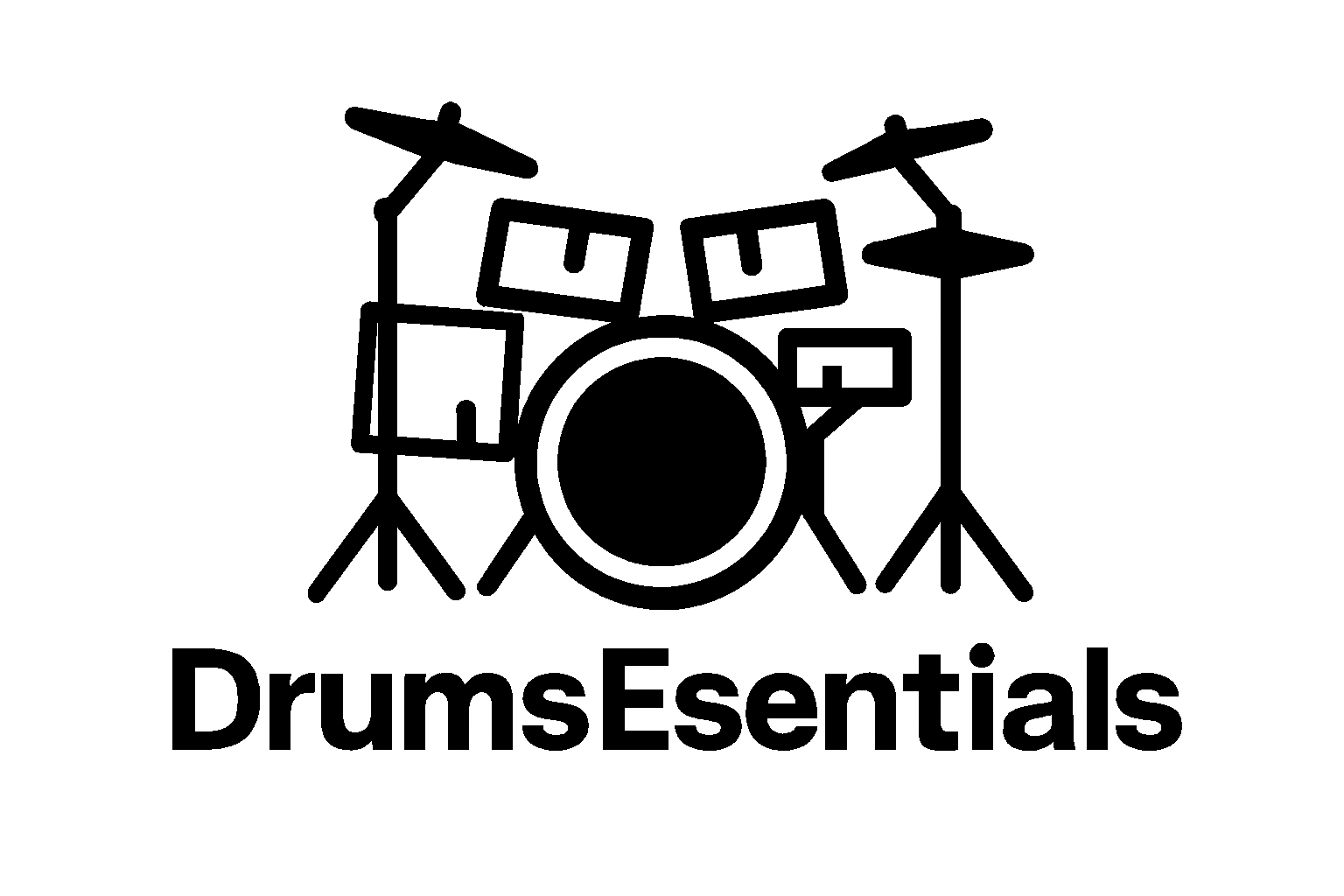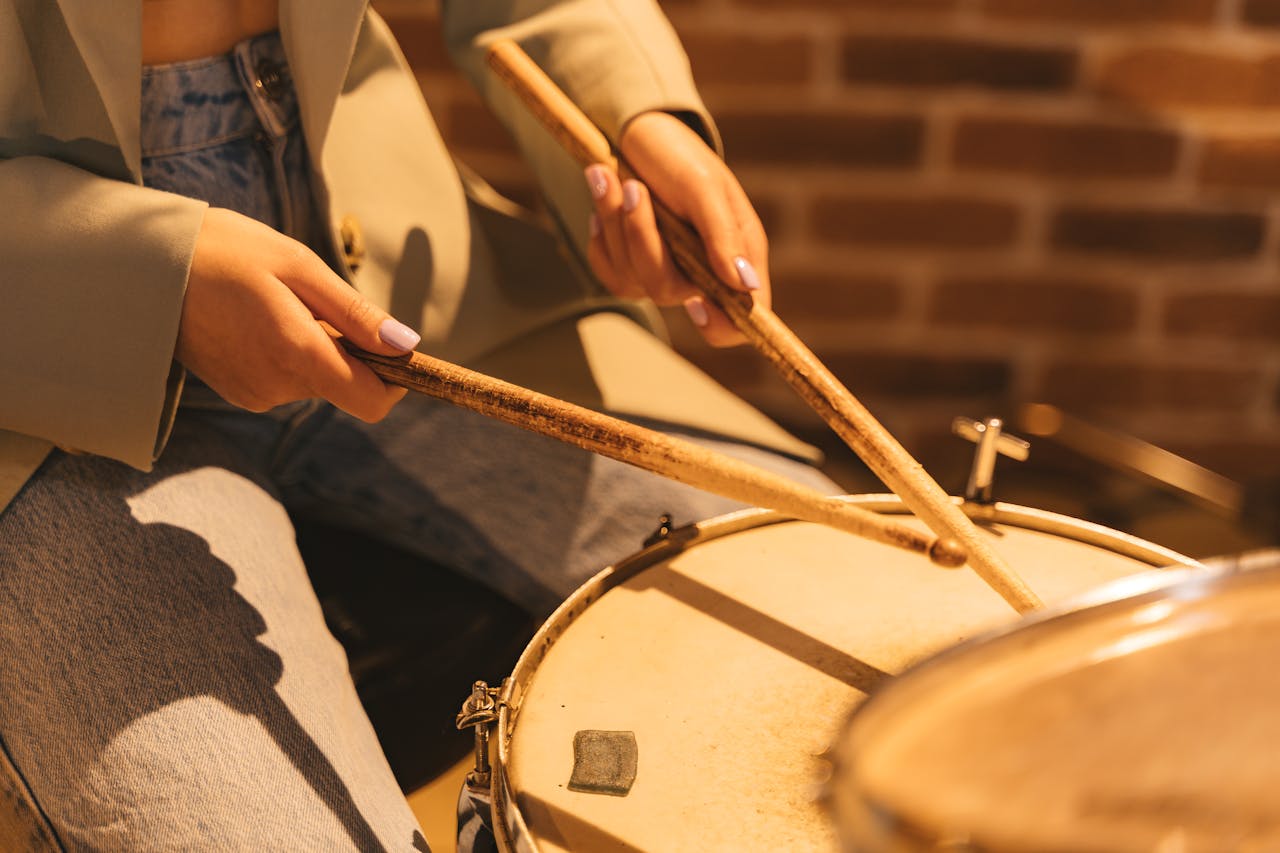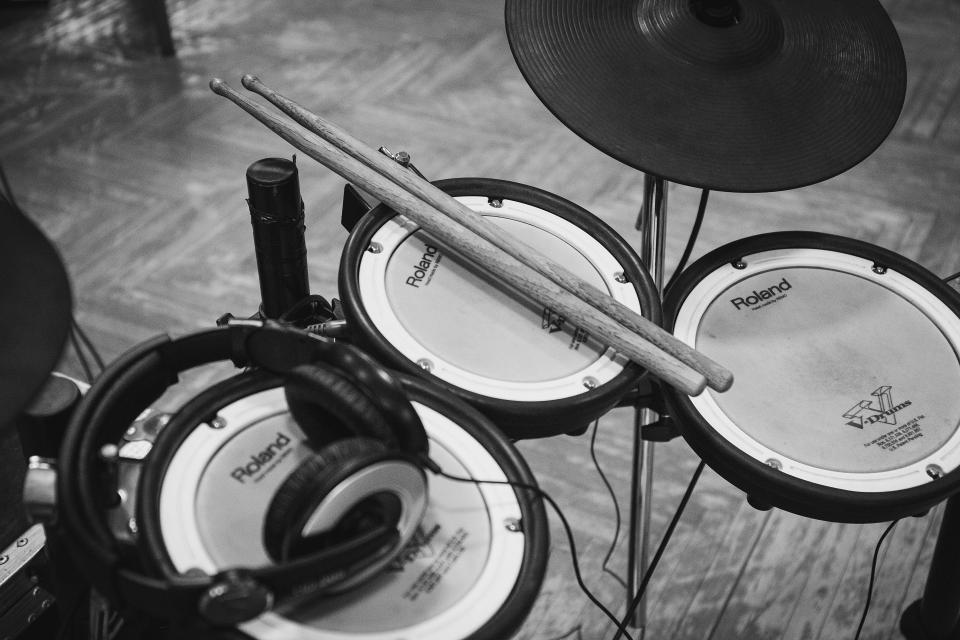When you picture a drum kit, what comes to mind? For most drummers and listeners, it’s the snare drum. From rock to jazz to marching bands, the snare has always been the heartbeat of rhythm. But why is the snare so important, especially for beginners? In this blog, we’ll explore the role of the snare drum, what types exist, and why nearly every drummer starts here.
What Is a Snare Drum?
The snare drum is a shallow drum with a set of wires (called snares) stretched across the bottom head. When you strike the top head, the snares rattle, producing the crisp, sharp sound that makes the snare instantly recognizable.
Every beginner kit — acoustic or electronic — includes a snare. It’s the central piece that ties rhythms together. Think of it as the “voice” of the drum kit: strong, clear, and essential.

Why the Snare Drum Matters for Beginners
1. The Foundation of Rhythm
In most music, the snare marks the “backbeat” — usually beats 2 and 4. Learning to play this backbeat teaches beginners how to stay in time and groove with other musicians.
2. Technique Development
The snare is where drummers practice rudiments (basic sticking patterns). Mastering these on the snare builds speed, control, and coordination that carry over to the whole kit.
3. Versatility Across Styles
From rock to funk to hip-hop, the snare adapts to every genre. Many professional drummers say they still return to the snare to refine their technique, even after years of playing.
Already comparing drum kits? Check out our guide on Electric vs. Acoustic Drums – Which Should Beginners Choose? to see which setup best fits your needs.
Types of Snare Drums Beginners Should Know
- Wood Snares – Warm and rich in tone, often found in jazz and pop kits.
- Metal Snares – Bright, sharp, and cutting — popular in rock and metal.
- Electronic Snares – Found in digital kits like Roland V-Drums, replicating acoustic snare sounds with volume control.
Beginners usually start with a standard 14″ snare, but as skills grow, experimenting with different sizes and materials adds variety.
How to Choose Your First Snare Drum
If you’re buying your first kit, the snare usually comes included. But if you want a separate snare, here are some tips:
- Budget: Good beginner snares start around €100–€200.
- Material: Wood for warm tones, metal for sharper attack.
- Brand: Trusted names like Yamaha, Pearl, and Ludwig have been used by countless drummers worldwide — reliable choices that beginners can’t go wrong with.
According to Sweetwater, one of the world’s largest music retailers, snare drums are consistently among their top-selling beginner percussion items. (Sweetwater Snare Drums).
Inspiration from Other Drummers

If you watch live shows or even your favorite bands online, you’ll notice how much attention is drawn to the snare. From Questlove’s deep, warm backbeat with The Roots to Dave Grohl’s powerful strikes in Nirvana, the snare is often what defines the groove. Seeing how much professionals rely on it shows just how central it is — and why it’s the best place for beginners to start.
Conclusion
For beginners, the snare drum is more than just another piece of the kit. It’s the foundation of rhythm, the best tool for learning technique, and the one drum that appears in nearly every style of music.
If you’re starting your drumming journey, focus on mastering the snare. With strong snare skills, the rest of the kit will feel easier and more natural — and you’ll be well on your way to becoming a confident drummer.







